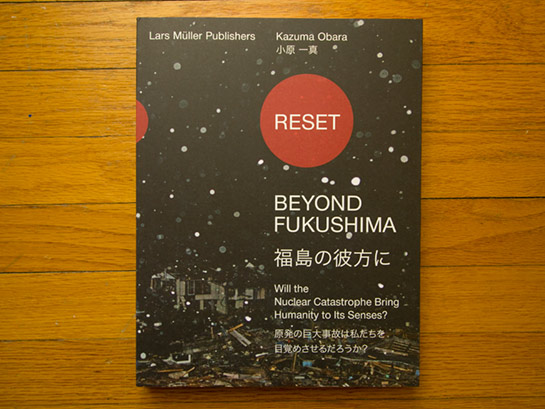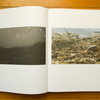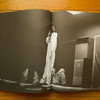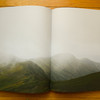Review: Reset - Beyond Fukushima by Kazuma Obara

The main problem of nuclear power is that it essentially requires the companies that run the plants and the governments that oversee them to constantly lie to the general public. If the general public was being properly informed about what running a nuclear-power plant entails and what risks exist, there’d be no way the general public would approve. Nuclear power is probably the stupidest and most reckless form of generating energy ever invented: Take some of the most dangerous materials in the world, put them into a pressure cooker, have them turn into even more dangerous materials that you then have to store for tens of thousands of years, away from any living being, and hope that the whole thing doesn’t blow up at any given moment. Which, of course, it will, eventually and somewhere because that’s just the nature of the beast: Any man-made machine contains an inherent risk of failing, which is not zero and which never can be made zero, especially not since humans will have to run it, and humans tend to make mistakes. (more)
Just the other day, an independent Japanese investigation concluded that the “Fukushima nuclear disaster was the result of ‘man-made’ failures before and after last year’s earthquake” (note the cute quotes Bloomberg Businessweek put around the term man-made!). Furthermore, the “breakdowns involved regulators working with the plant operator Tokyo Electric Power Co. to avoid implementing safety measures as well as a government lacking commitment to protect the public. […] Radiation fallout from the reactors forced the evacuation of about 160,000 people and left land in the area uninhabitable for decades.”
Plus there’s this: “Fourteen months after the accident, a pool brimming with used fuel rods and filled with vast quantities of radioactive cesium still sits on the top floor of a heavily damaged reactor building, covered only with plastic. […] The worst-case situations for Reactor No. 4 would be for the pool to run dry if there is another problem with the cooling system and the rods catch fire, releasing enormous amounts of radioactive material, or for fission to restart if the metal panels that separate the rods are knocked over in a quake. That would be especially bad because the pool, unlike reactors, lacks containment vessels to hold in radioactive materials.” In other words, if the metal panels that separate the rods somehow are damaged and the rods get to start fission you’d be running a nuclear power plant in the open (the plastic cover will melt away in less time than you need to say “Oh shit”). That would be “especially bad” indeed.
Photojournalist Kazuma Obara has photographed the aftermath of the major earthquake that hit Japan in 2011, which caused the tsunami and the Fukushima meltdowns. There has been no shortage of photographs about these events, but I’ve always felt things ended up being to disconnected. Maybe it’s our times, where we expect to see one-liners, to be fed to us via Twitter or by what’s left of the news media. Obara’s Reset - Beyond Fukushima instead aims for a bigger picture, with the photographer not being afraid to take a stance (something else many contemporary photographers seem to be unwilling - or unable - to do): “Will the Nuclear Catastrophe Bring Humanity to Its Senses?”
In a nutshell, the book is roughly divided into three main parts. The first shows the aftermath of the earthquake and tsunami. Part two deals with the Fukushima power plant. And then there is a third part, cautiously - and optimistically - hinting at the future, a hopefully better future. While the book for the most part contains only photographs, in part two there are portraits of workers active at the power plant, with interviews. Many of the photographs throughout the book are hard to look at, but most of the interviews are positively gut-wrenching. Please note that the book is too complex for the images of selected spreads to be anything other than a mere flavour of things.
For me, Reset - Beyond Fukushima easily is the best body of work to have emerged from Japan after the earthquake/tsunami/reactor meltdown. Very smartly edited and produced, the book makes you think, not just about what happened in a place that for most people is far away from their own concerns, but also about what could happen nearby (I am writing this review not too many miles south of the Vermont Yankee Nuclear Power Plant). Will the nuclear catastrophe bring humanity to its senses? I am not so sure.
Reset - Beyond Fukushima, photography and interview by Kazuma Obara, 216 pages, Lars Müller Publishers, 2012









